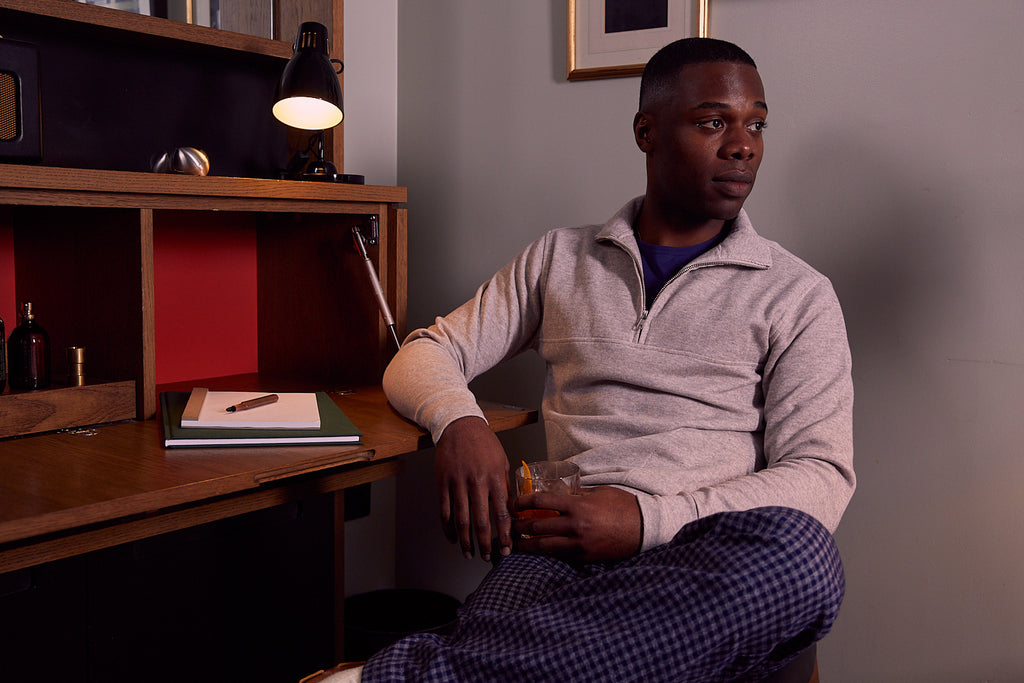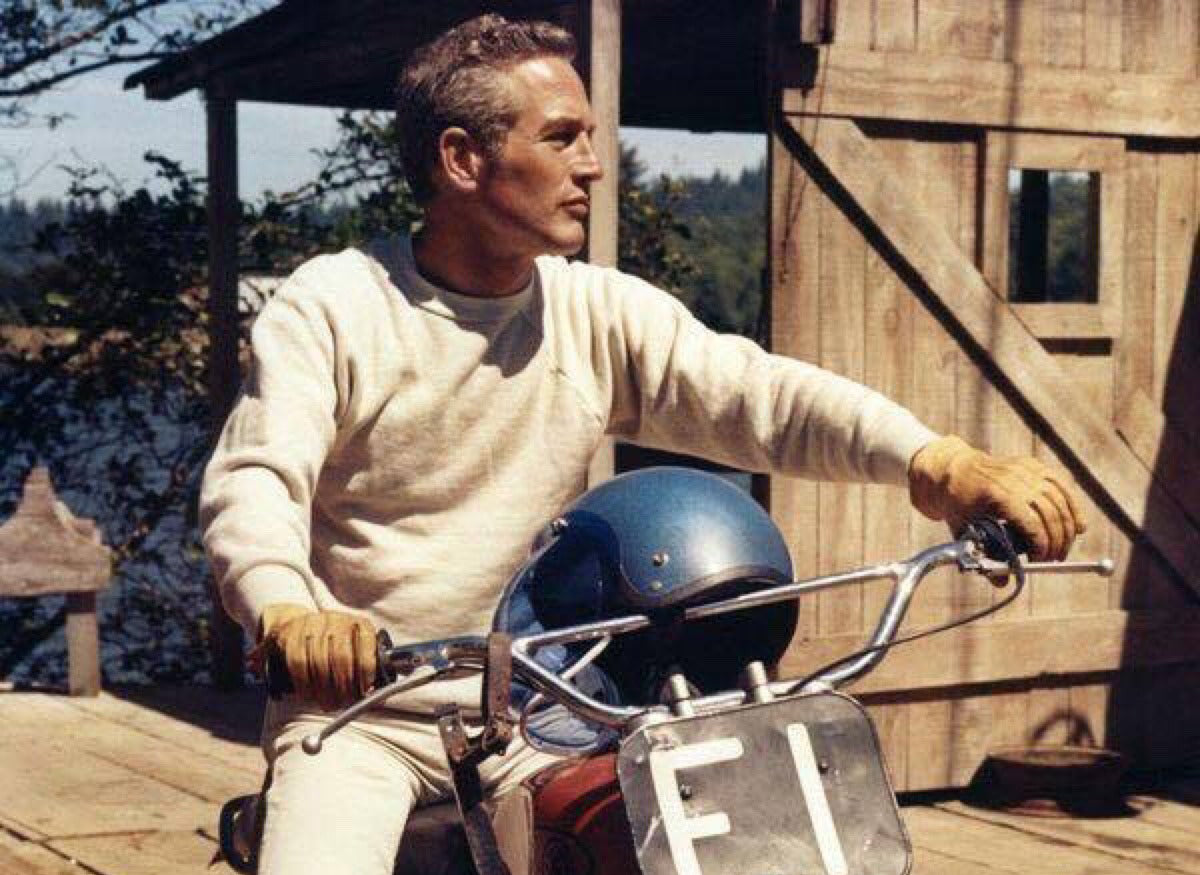In simple nominal terms, it should be a hard sell. Sweatshirt. A shirt that proposes to induce perspiration. Strike me if I’m wrong, but accelerating the process of sweating has never been high on my list of things a piece of clothing should excel at, which is what the etymology of the term suggests. The earliest official mention of ‘sweatshirt’ is in 1828, where it describes the woollen garment as “clothing worn to produce sweating and reduce weight from sweat.” In other words, a crude temporary weight-loss device. The very first versions in the mid-to-late 19th century were apparently the preserve of rowers.

Of course, the modern-day sweatshirt has cast off its original purpose, evolving from its origins into a wardrobe essential that can be neatly deployed in almost all casual looks. One Benjamin Russell can probably take the most credit for reinventing the sweatshirt back in the 1920s, as an alternative to the heavy woollen sports jerseys. His son, Bennie Jr, was on the University of Alabama football team and complained to his father about the cumbersome, uncomfortable, shrink-prone jerseys they had to wear. Russell Sr came up with the novel idea of using the cotton usually earmarked for women’s underwear.

However, it wasn’t really until the 50s when the post-war American population decided that fit was the new rich, that the sweatshirt went mainstream. Up until then, it was largely confined to the sports field, alongside its matching cohort, trackpants, where athletes and sportspeople alike would use them as warm-up garments (the tracksuit was actually the first piece of apparel Adidas ever made in 1967). Since then, the sweatshirt has become synonymous with casual menswear and has stepped away from the sporting field (which has since become dominated by technical fabrics). Its athletic history still persists from a functional perspective: it is lightweight and warm, especially given the ribbed collar, cuffs and waist, but that open loopback weave ensures it disperses heat effectively too. Above all though, it’s the versatility of the sweatshirt that we love. One could easily laze about the house all day in a sweatshirt and pyjama bottoms (and we have been doing a lot of that recently), but swap out the PJs for some trousers or denim and you have a perfectly cool and comfortable look for heading outside in. The fact that its design hasn’t really changed since the 20s is indicative of the sweatshirt’s timelessness as a practical yet stylish casual menswear garment.
Click here to explore all of Oliver Spencer's SS20 sweats or shop our edit below.
